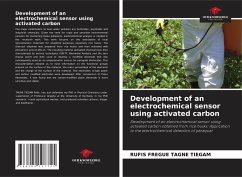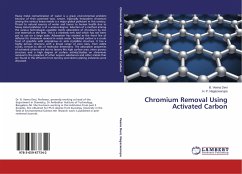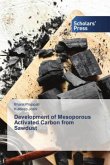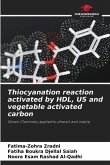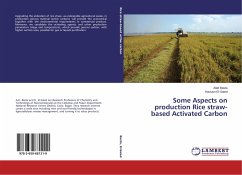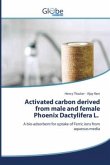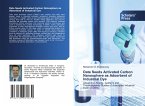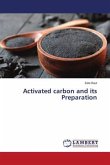The major contributors to toxic water pollution are herbicides, pesticides and industrial chemicals. Given the need for rapid and sensitive environmental sensors for monitoring these pollutants, electrochemical analysis is studied in this research work. This work focuses on the valorization of local lignocellulosic materials for analytical purposes especially rice husks. The charcoal obtained was prepared from rice husks and then activated with phosphoric acid at 450 oC. The resulting material (activated charcoal) was then characterized by various techniques (SIR-TF, Elemental Analysis and the zero charge point) and then used to develop a modified electrode that was subsequently used as an amperometric sensor for paraquat (herbicide). This characterization allowed us to have information on the functional groups present on the surface of the material, the mass percentage of the elements and the charge of the surface of the material. Two electrodes (single paste and carbon modifiedelectrode) were developed. After comparison of these electrodes, it was found that the carbon-modified paste electrode is more sensitive and stable.
Bitte wählen Sie Ihr Anliegen aus.
Rechnungen
Retourenschein anfordern
Bestellstatus
Storno

